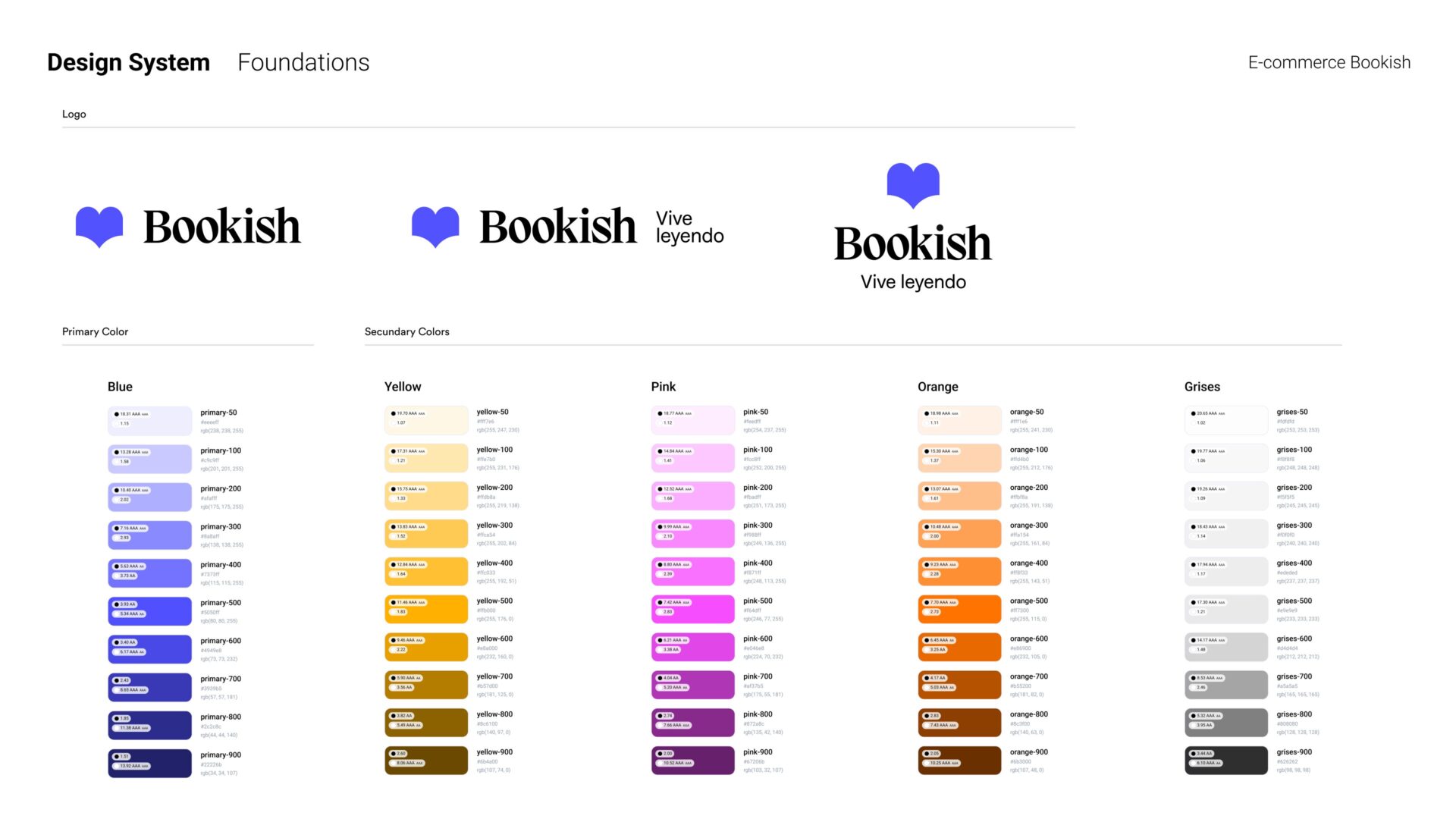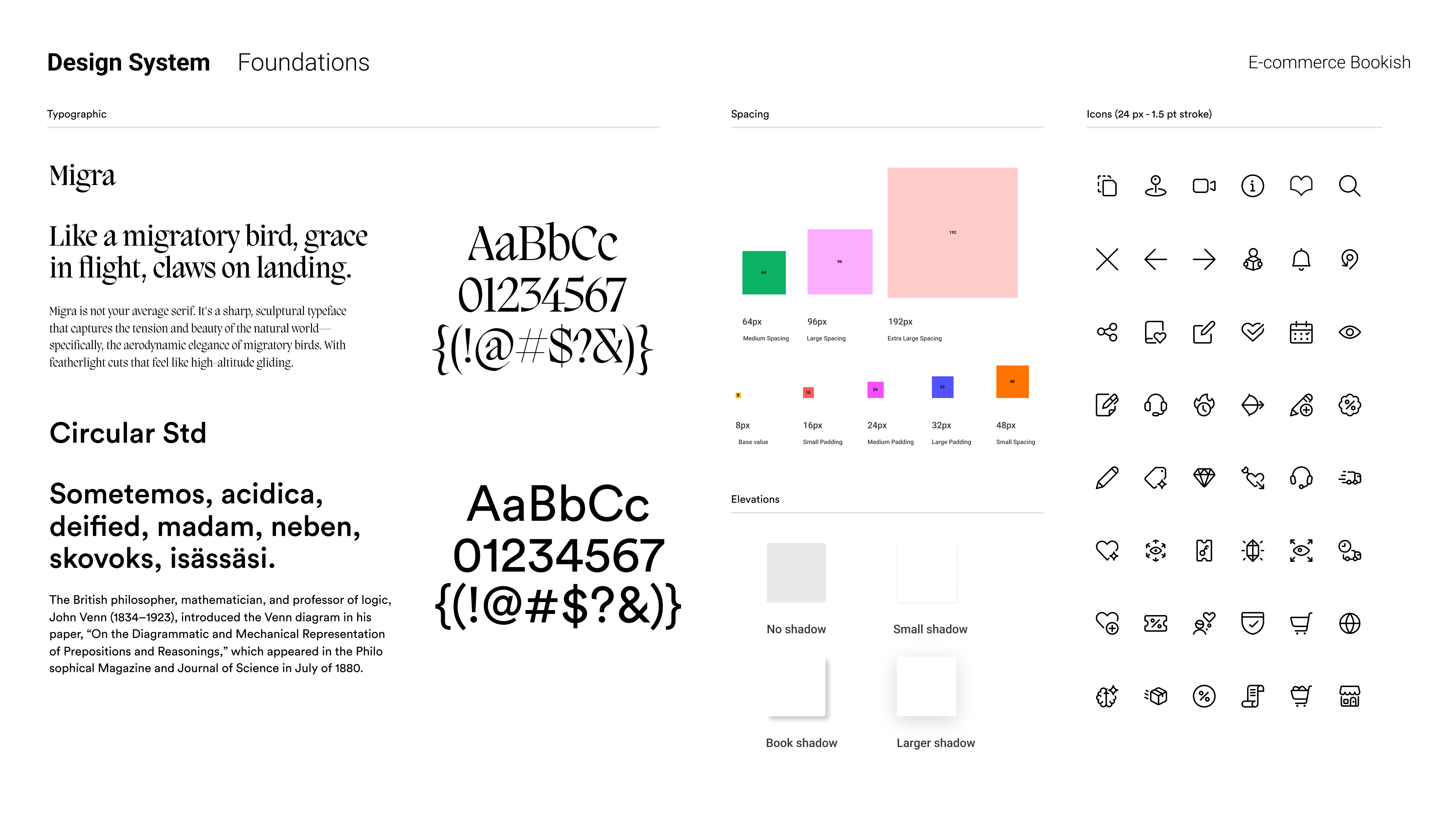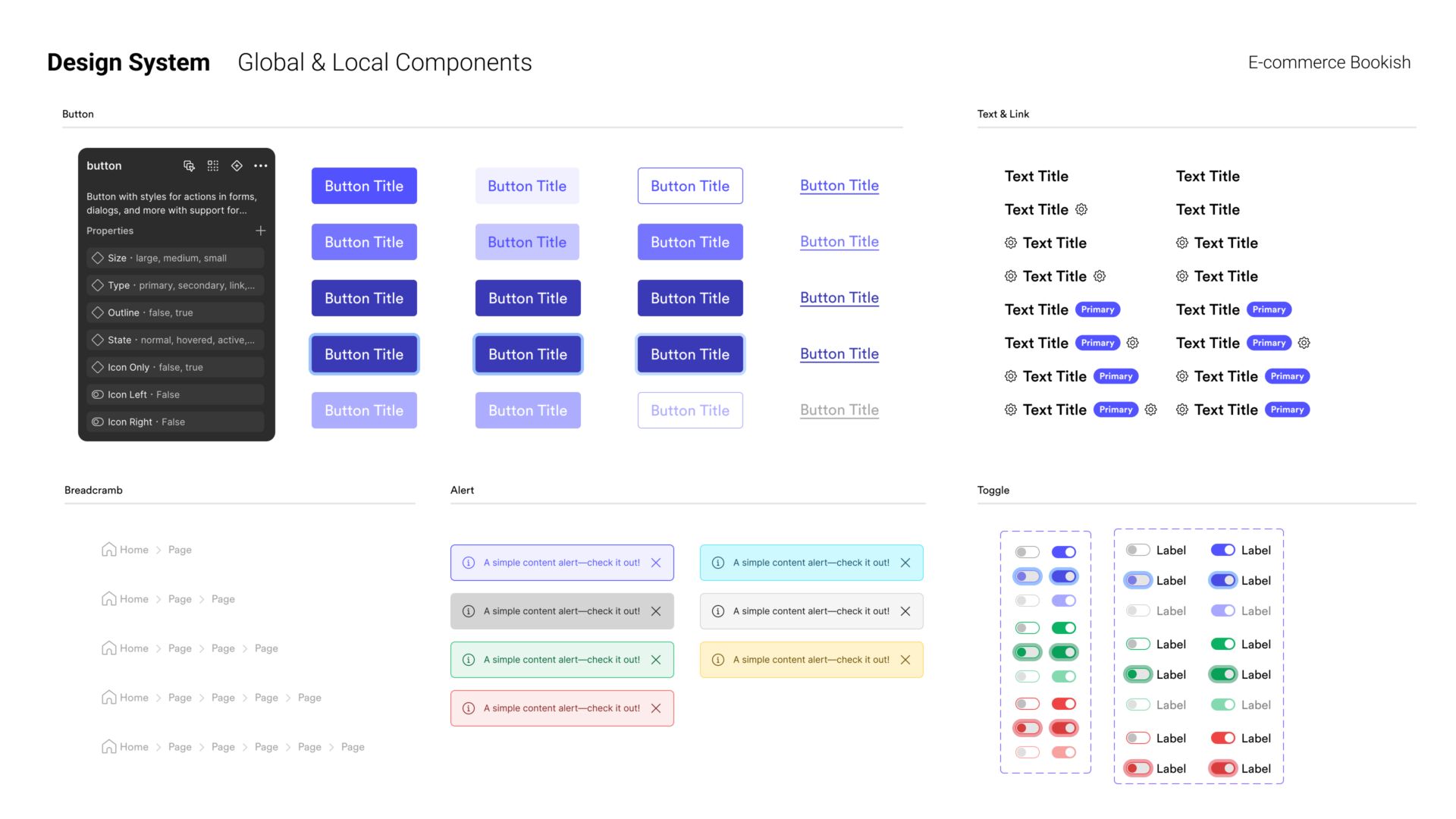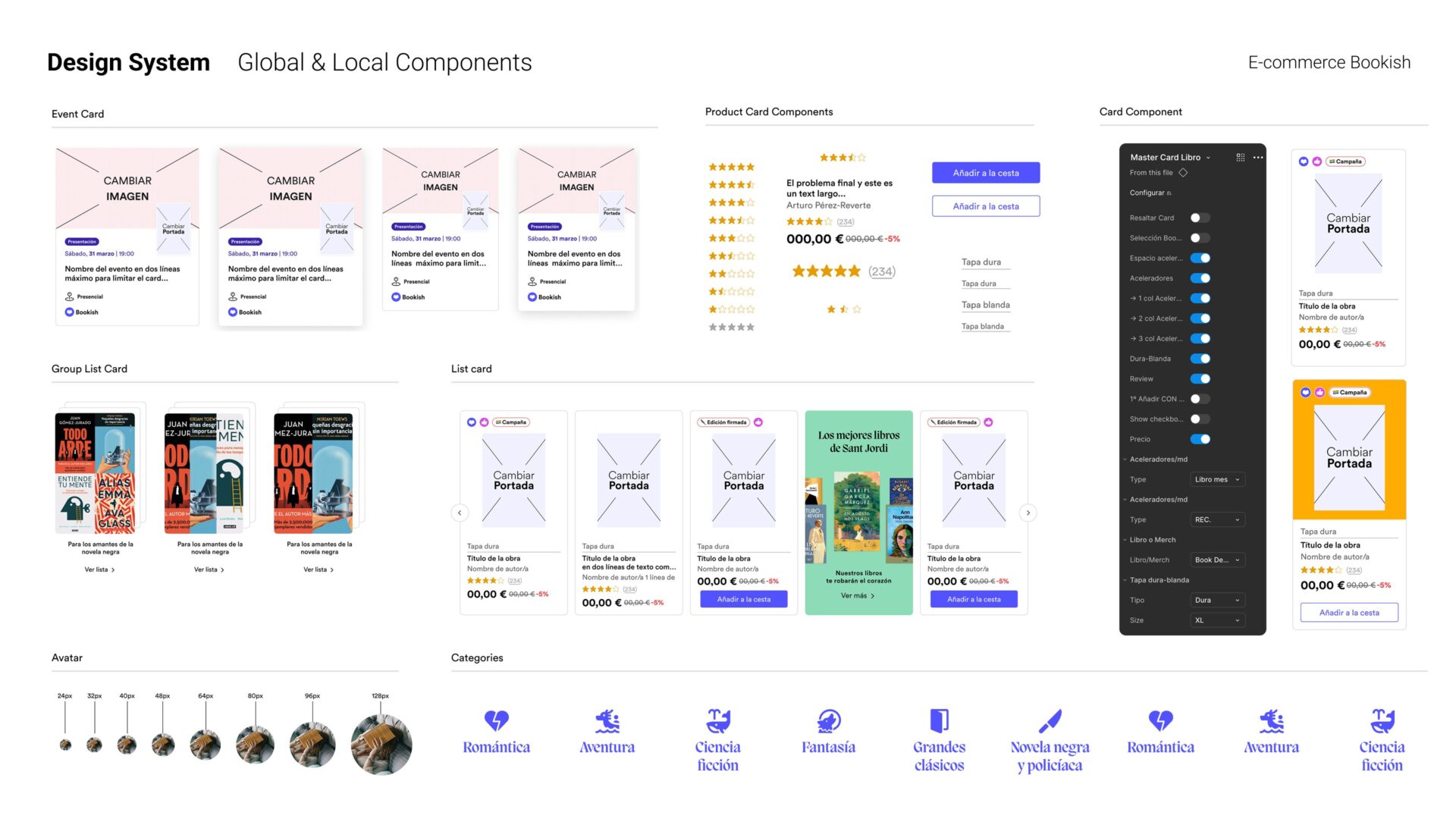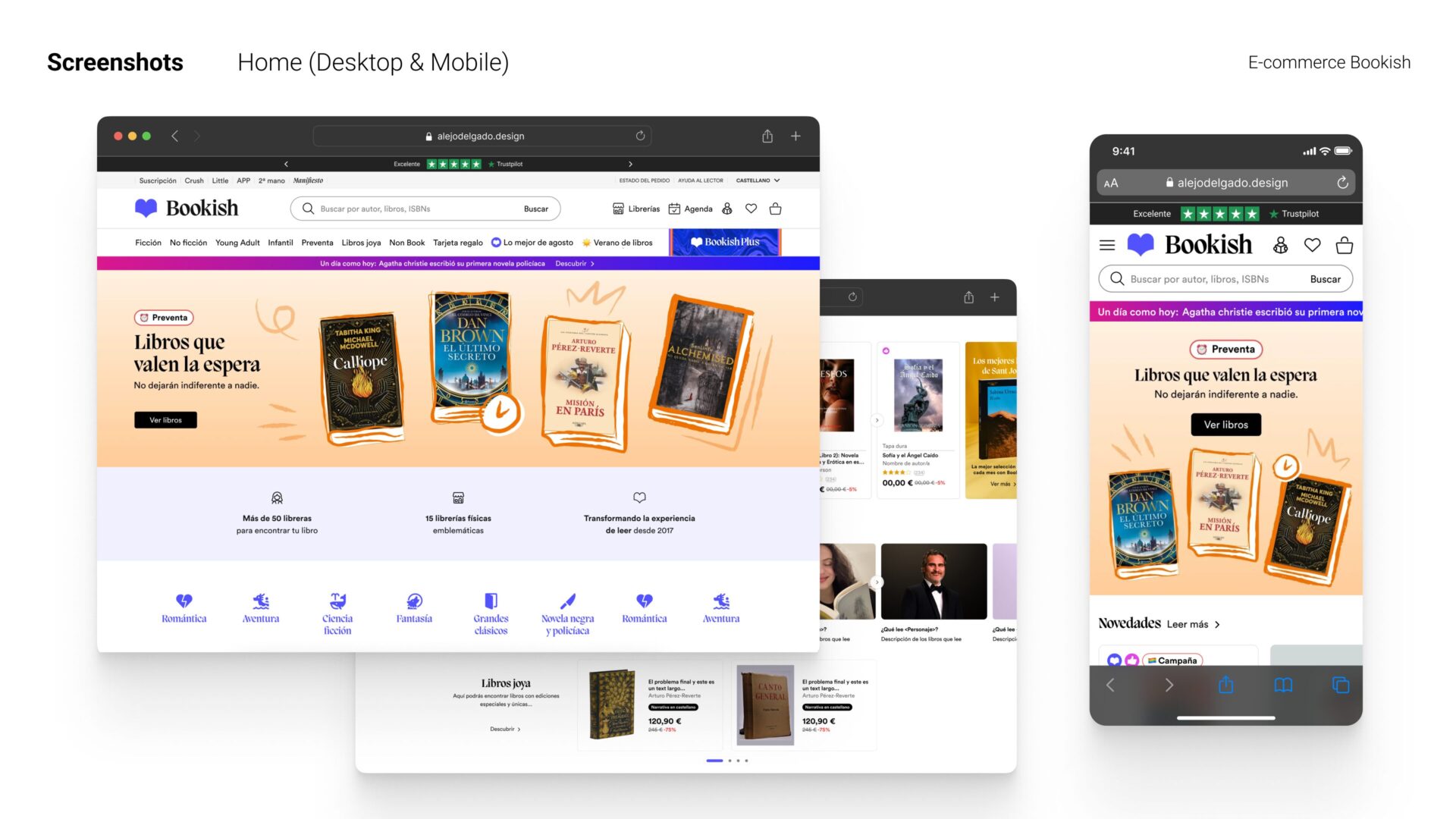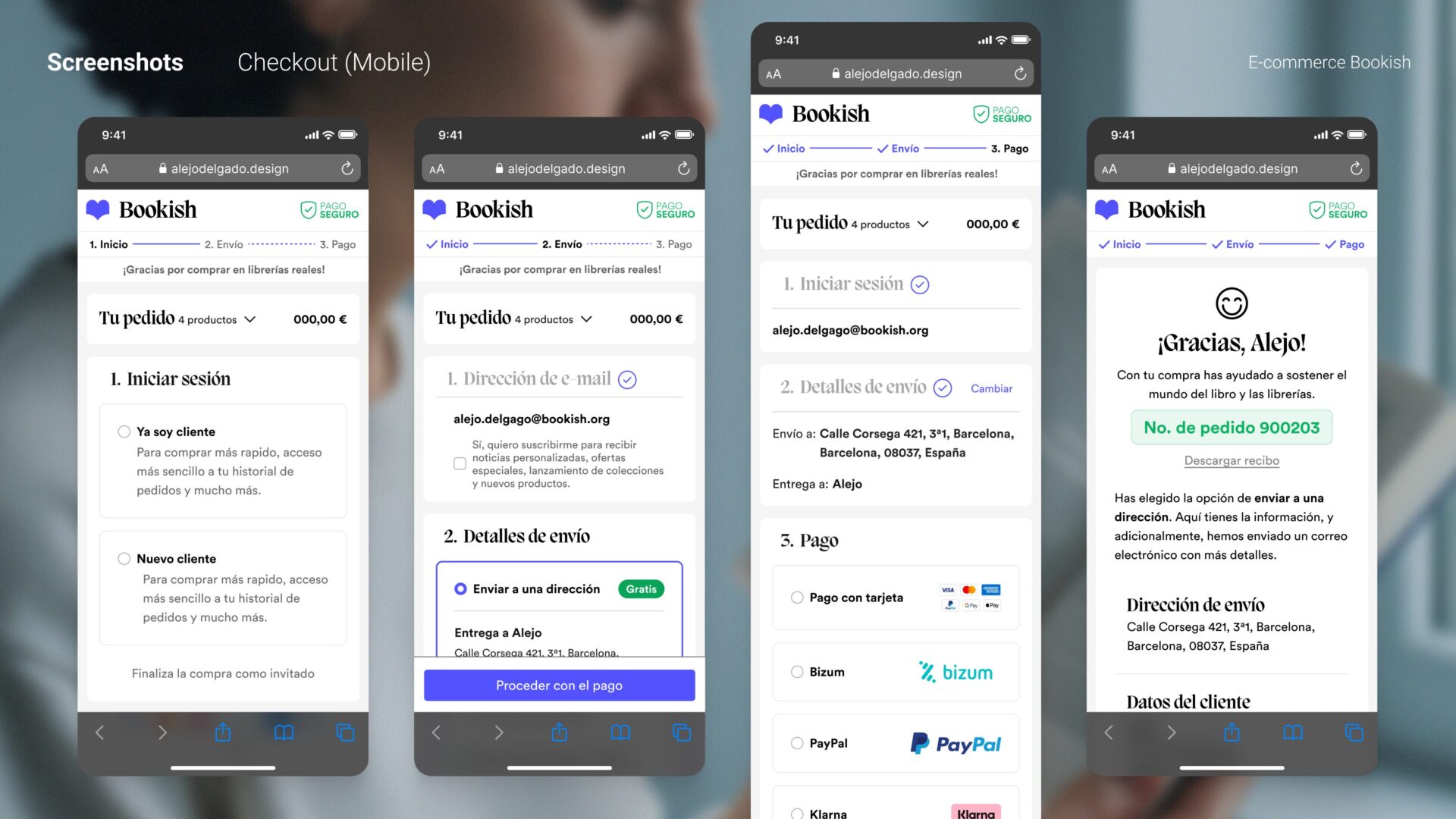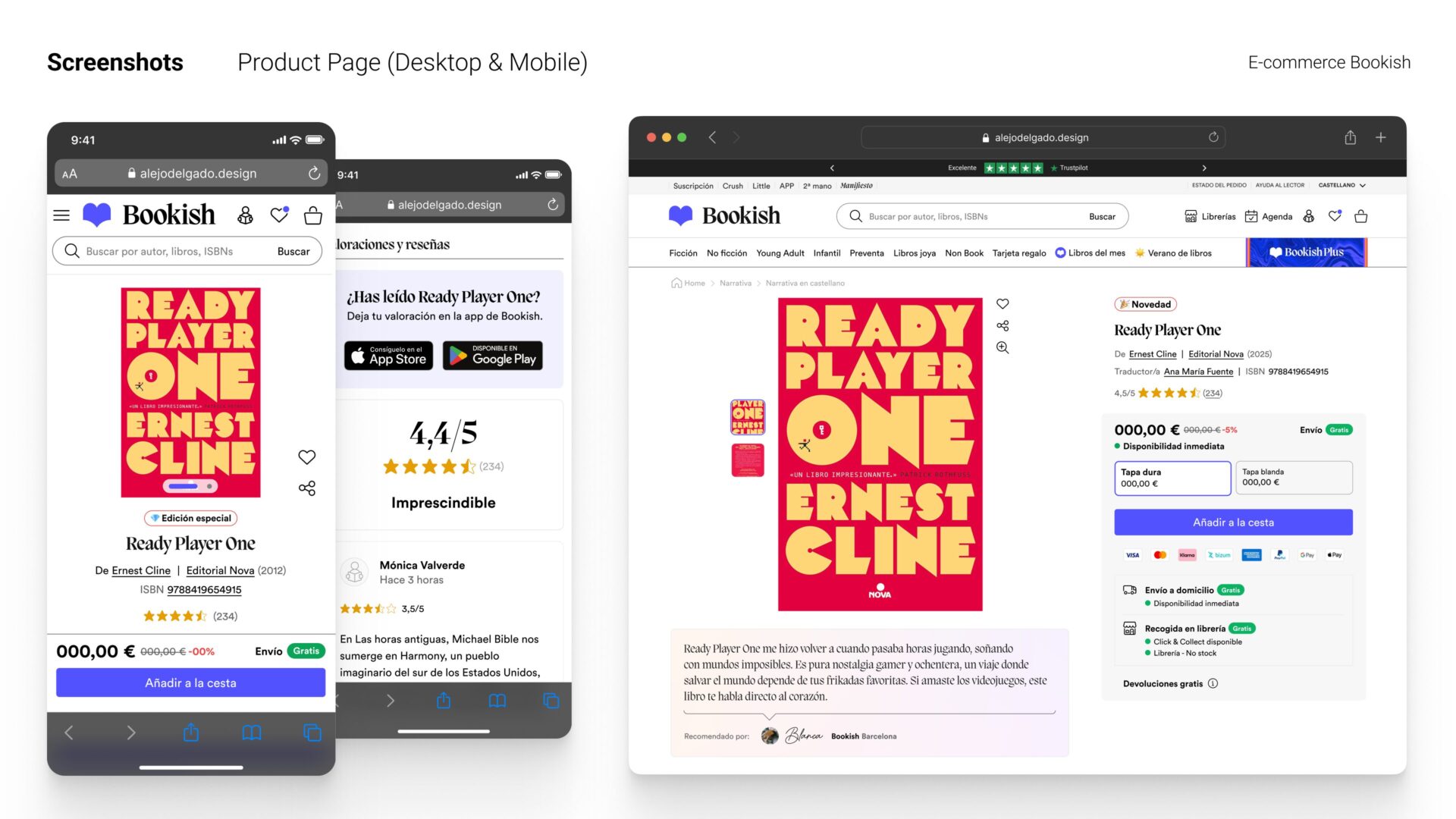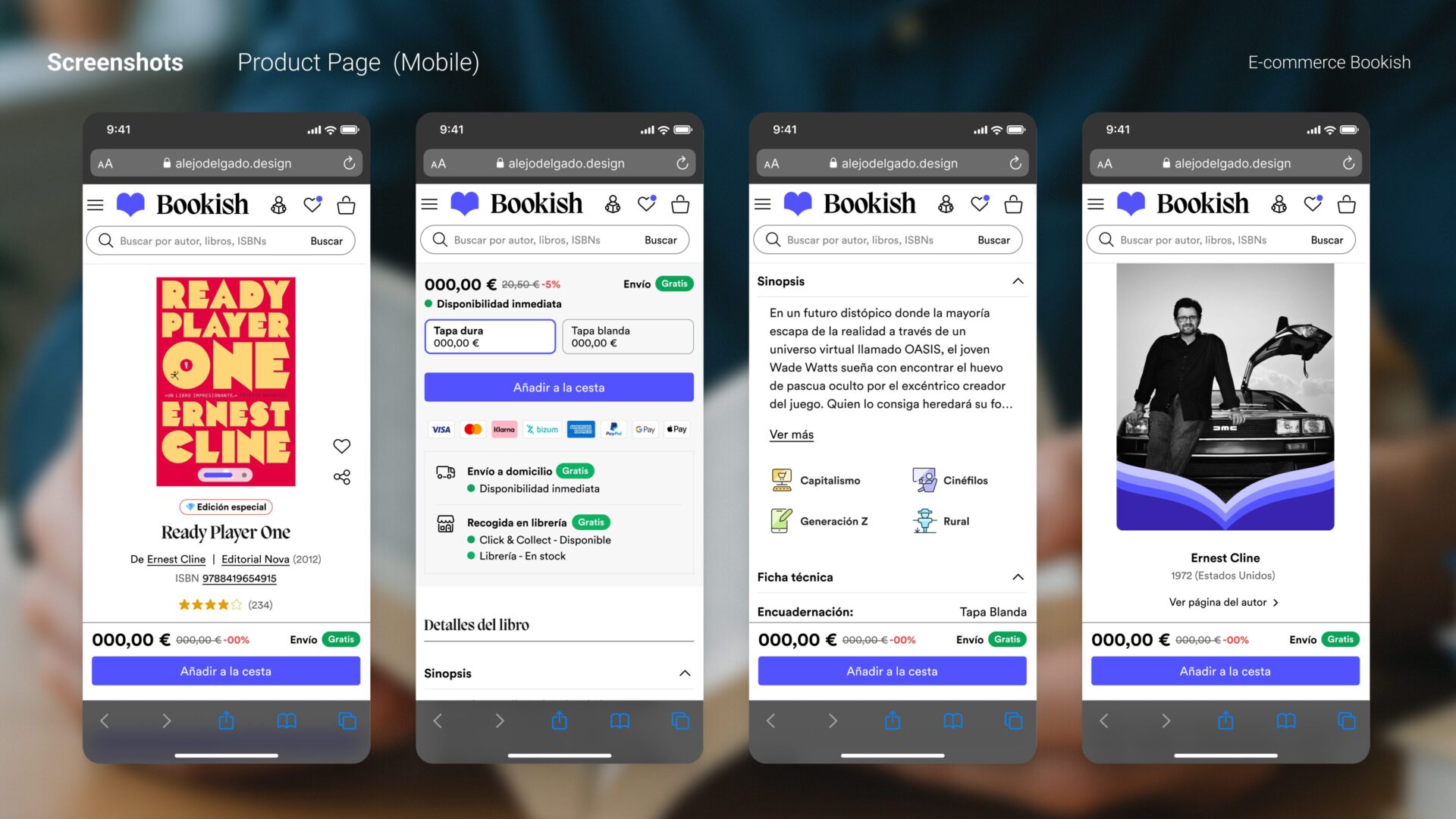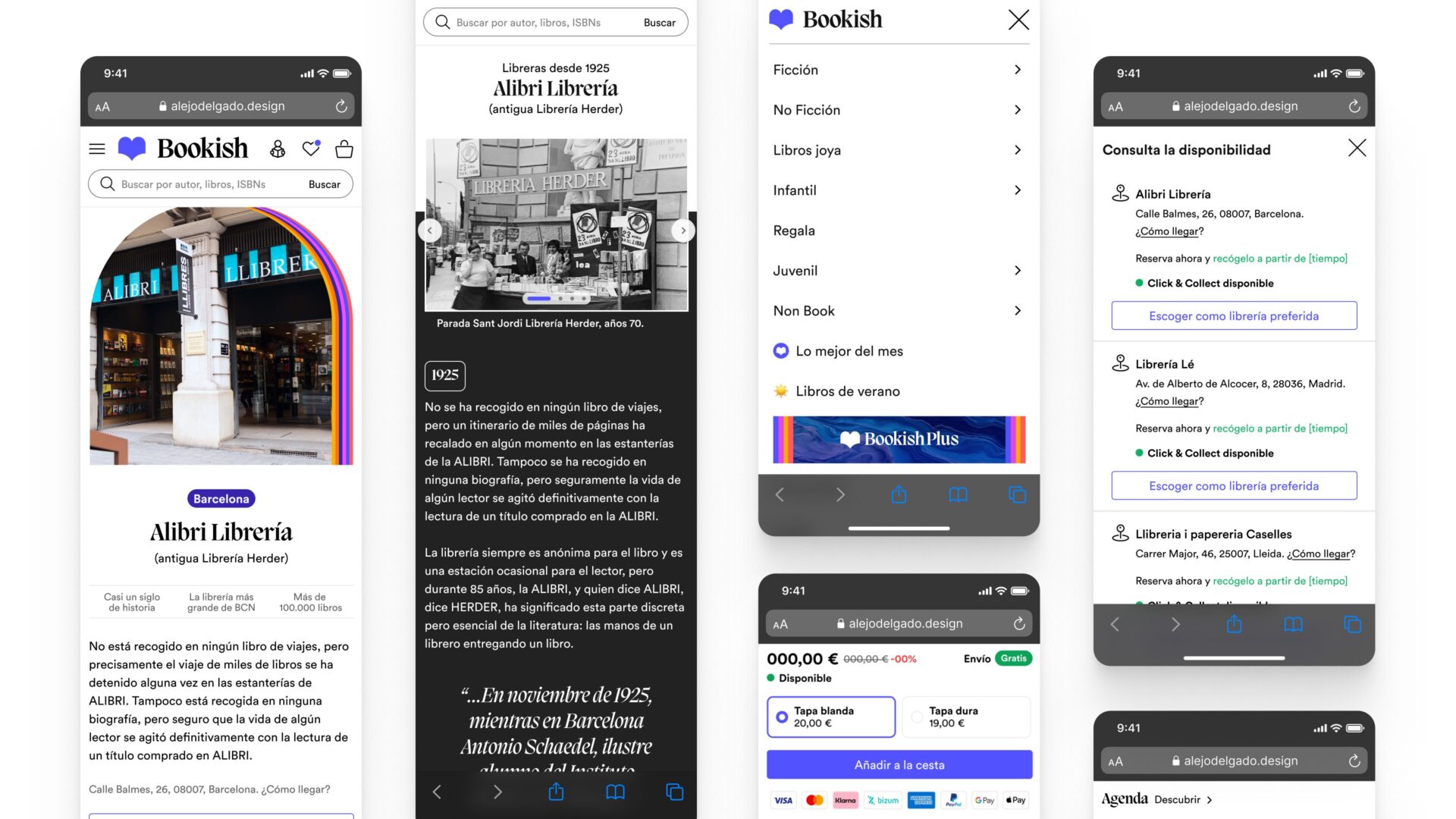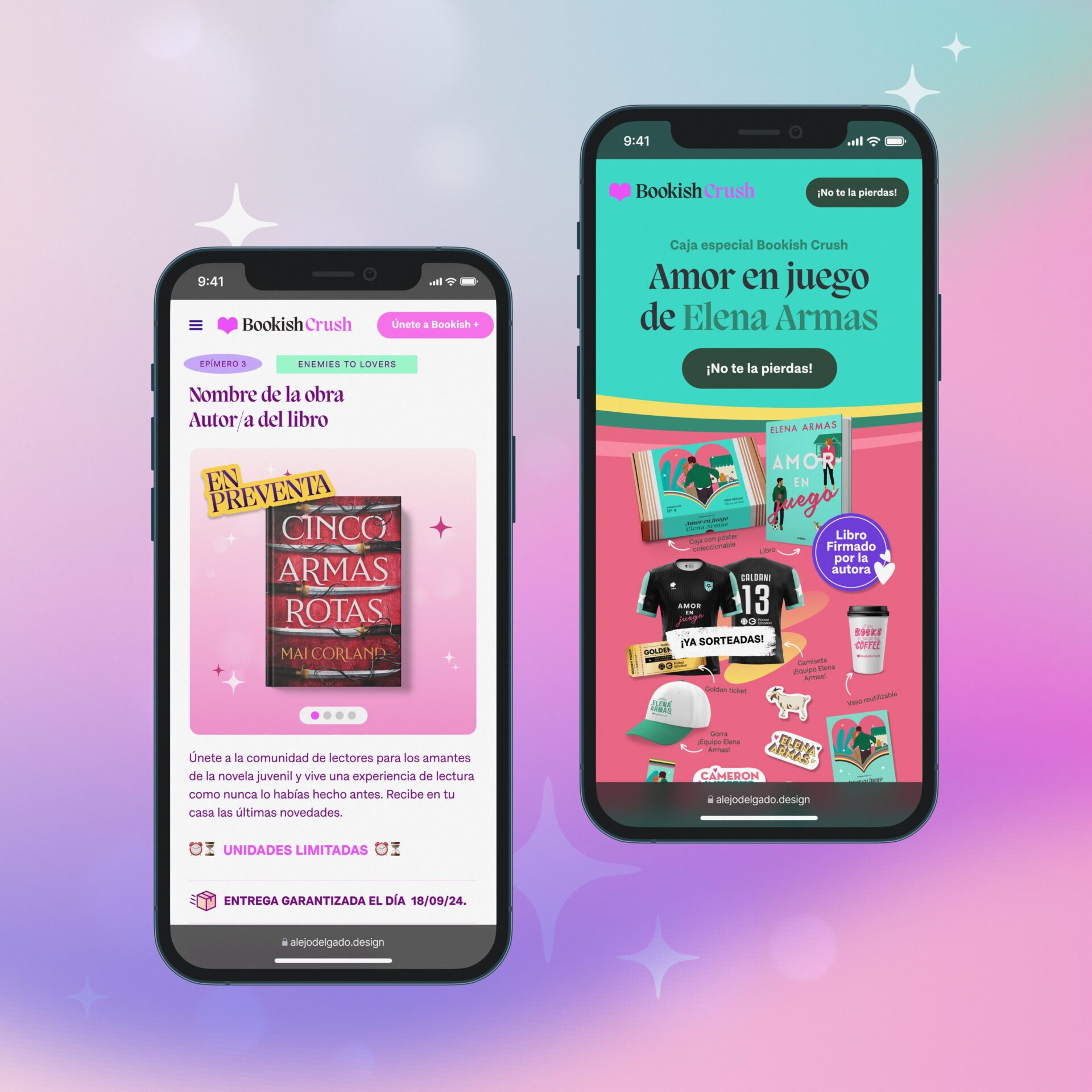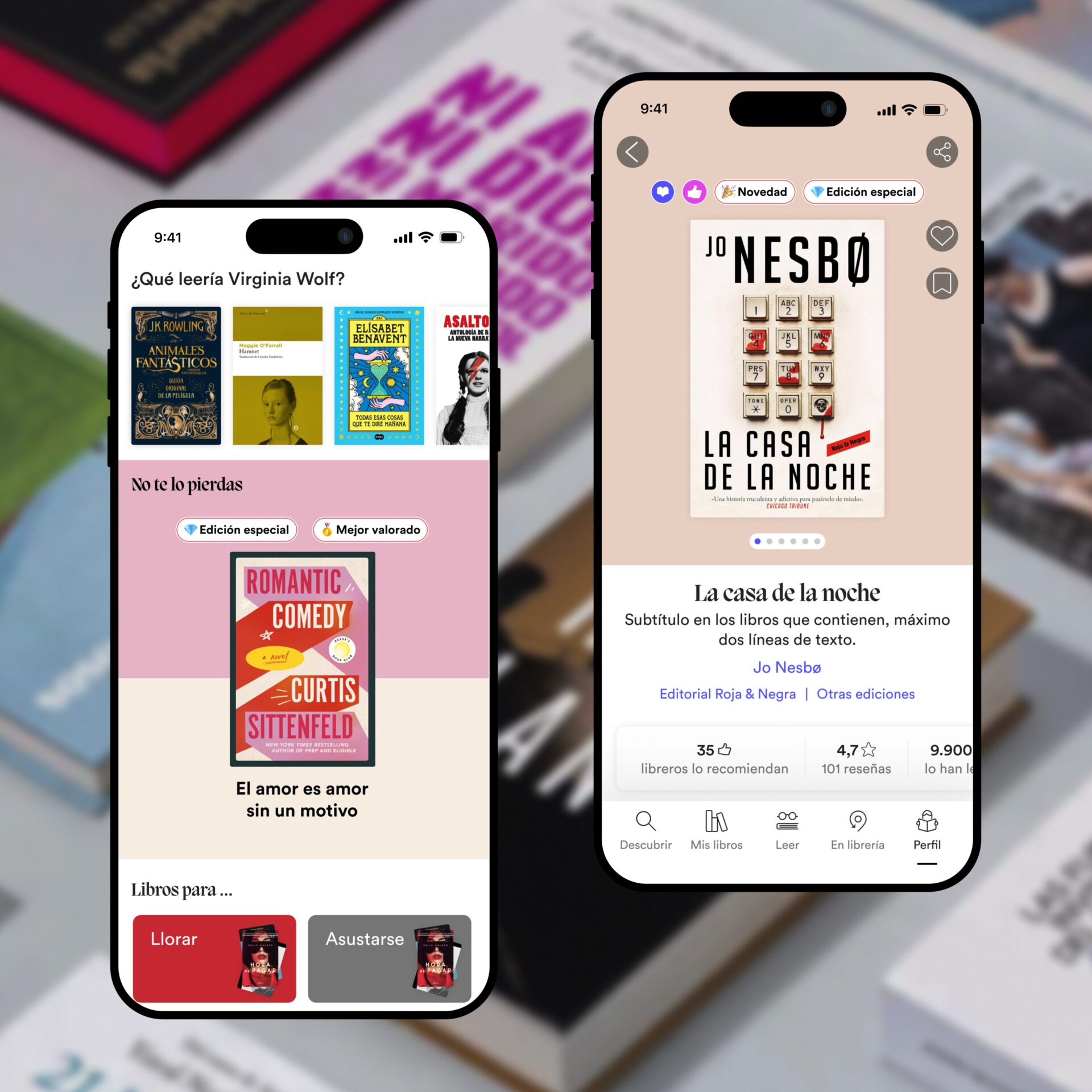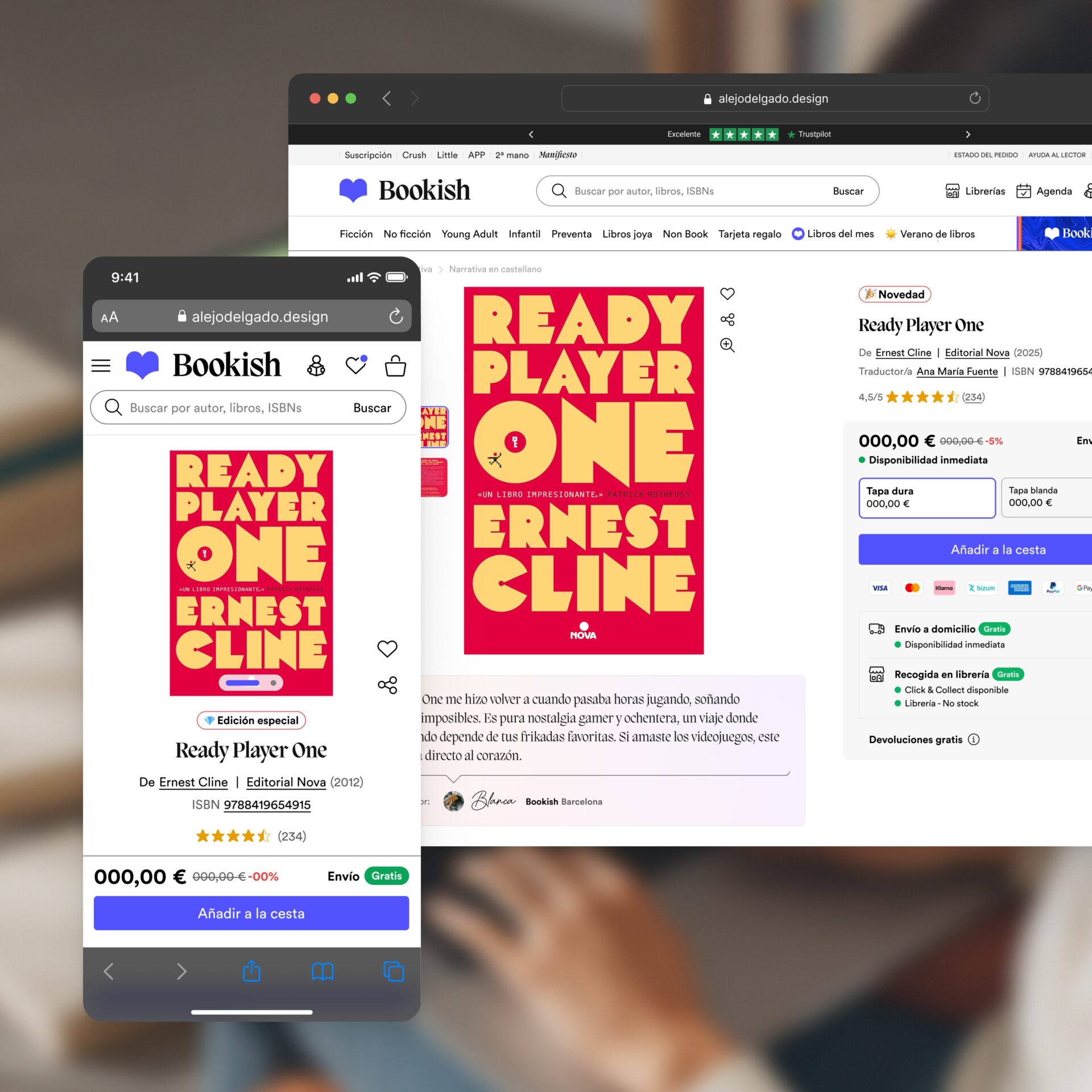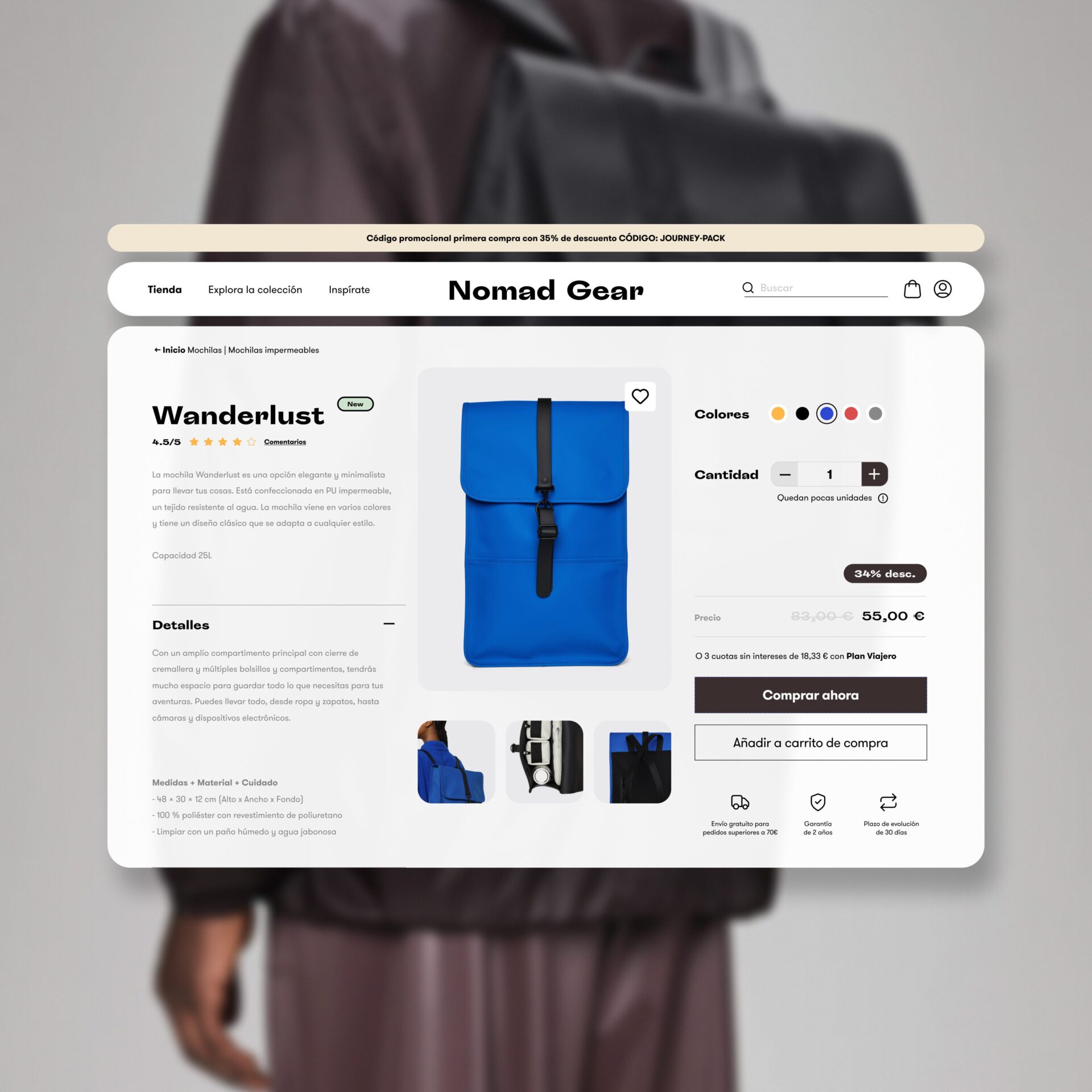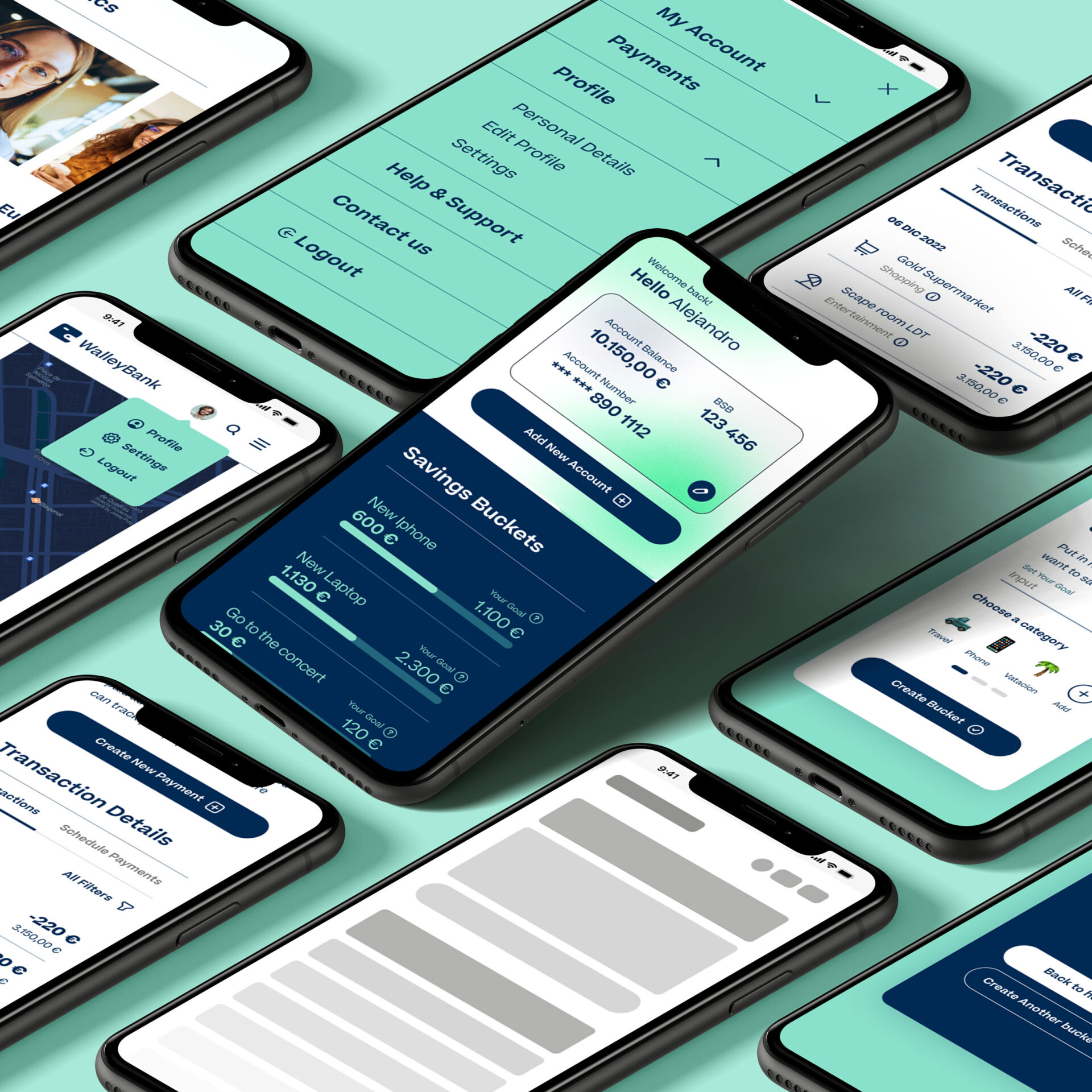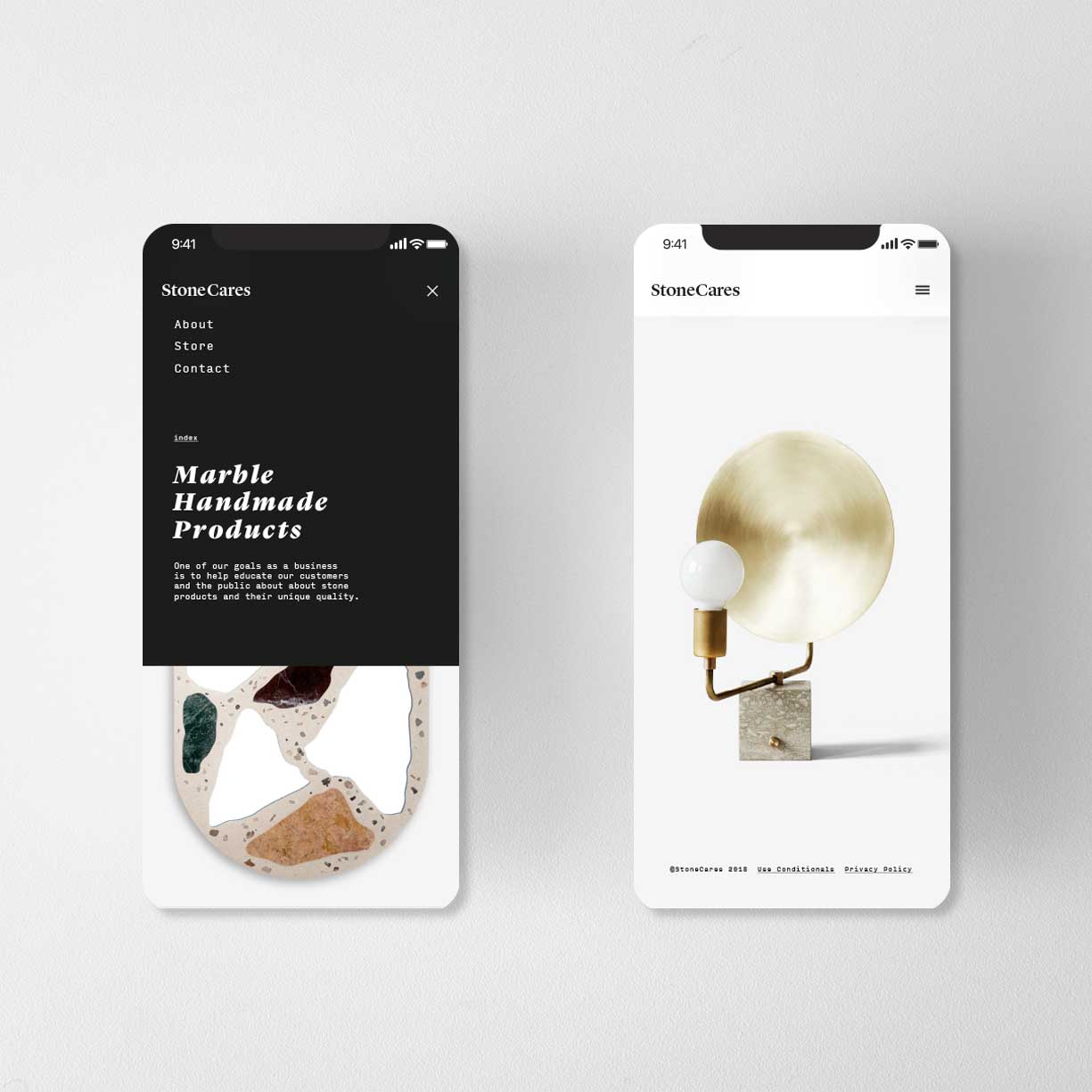E-commerce Bookish
ROLE: LEAD PRODUCT DESIGNER
PRODUCT: E-COMMERCE (B2C)
PERIOD: 2024 – 2025
SUMMARY
Launch of the new Bookish e-commerce MVP to expand the reach of the monthly subscription service and position the platform as a leading online bookstore at a national level. The goal was to compete with large retailers by focusing on editorial recommendations and optimizing transactional pages, lifting AOV from 1.2 to 1.6 products per user in four weeks.
THE CHALLENGE
- Launch the new e-commerce in just 4 months with a limited team. The project aimed to position Bookish in the online book sales market as a leading editorial and commercial reference, combining proprietary technology with the support of independent bookstores.
RESPONSIBILITIES
- I led the product design team through all phases of the project, from initial research to the MVP launch and subsequent iterations in Agile cycles.
- Created a design system from scratch, based on Atomic Design principles, to speed up production and ensure consistency.
- Designed wireframes and low- and high-fidelity screens, prioritizing structure and information hierarchy according to business objectives and user needs.
- Defined the complete navigation flow up to checkout with a mobile-first approach, optimizing each step for conversion.
- Redesigned the product detail page (PDP), prioritizing images, key information, and CTAs visible from the first viewport.
- Coordinated the handoff with the front-end development team (external provider) and the internal technology team.
- Conducted qualitative research with users and interviews with stakeholders to identify key friction points in the experience.
IMPACT
- +25% checkout conversion after the redesign.
- 30% reduction in development time thanks to the Design System.
- Increased AOV from 1.2 to 1.6 products per user in four weeks, driven by cross-selling strategies.
- Agile iteration cycles that allowed quick resolution of frictions identified in the MVP.
REFLECTIONS & LEARNINGS
- Project organization in Figma was key to an efficient handoff, especially when working with external providers.
- The Agile approach allowed for fast iteration but also created moments of confusion, which were resolved thanks to a well-structured Design System and version control.
- The development team’s overload (due to technical debt in the proprietary system) highlighted the importance of understanding IT constraints before proposing UX/UI solutions—balancing desirability with feasibility.
